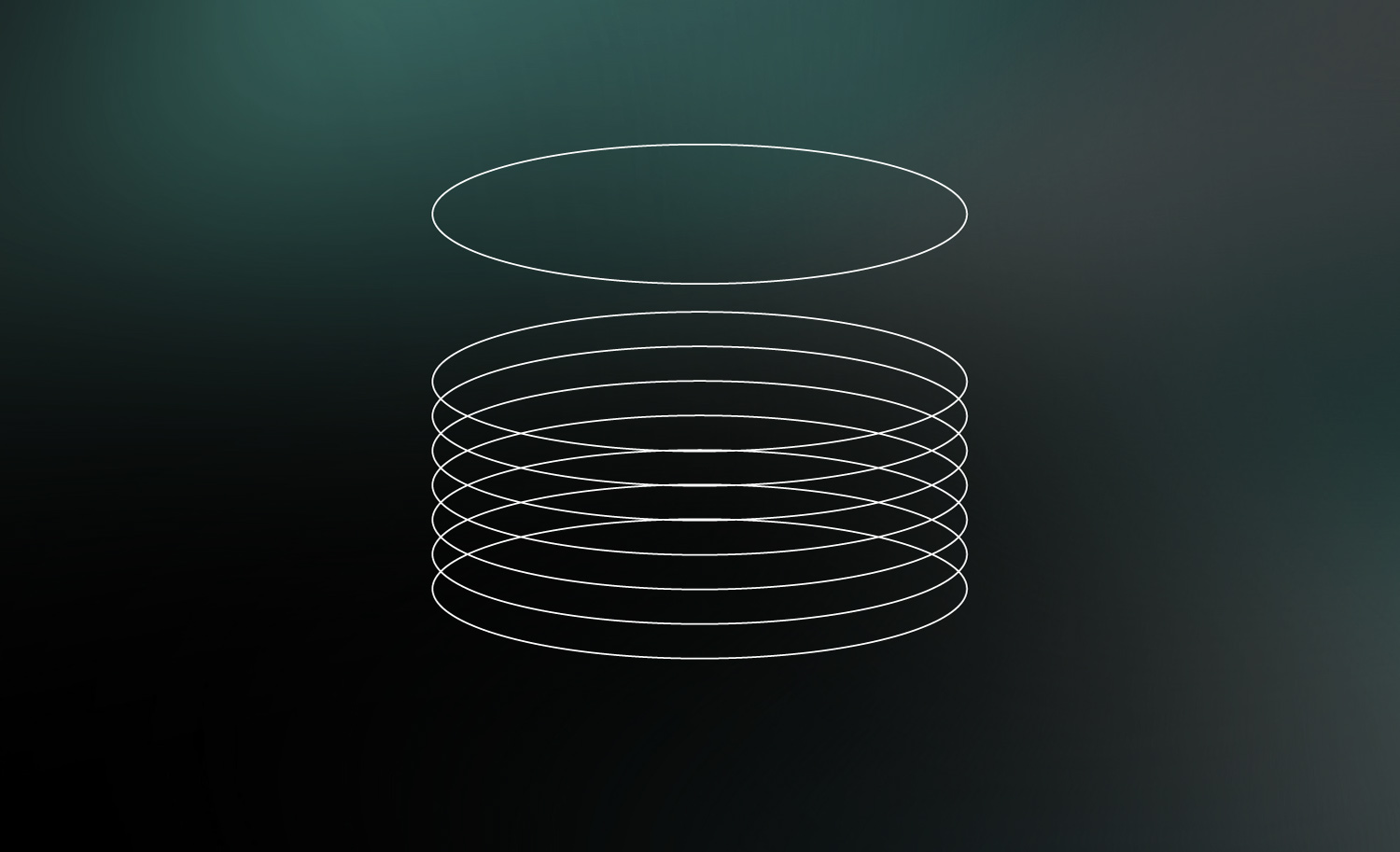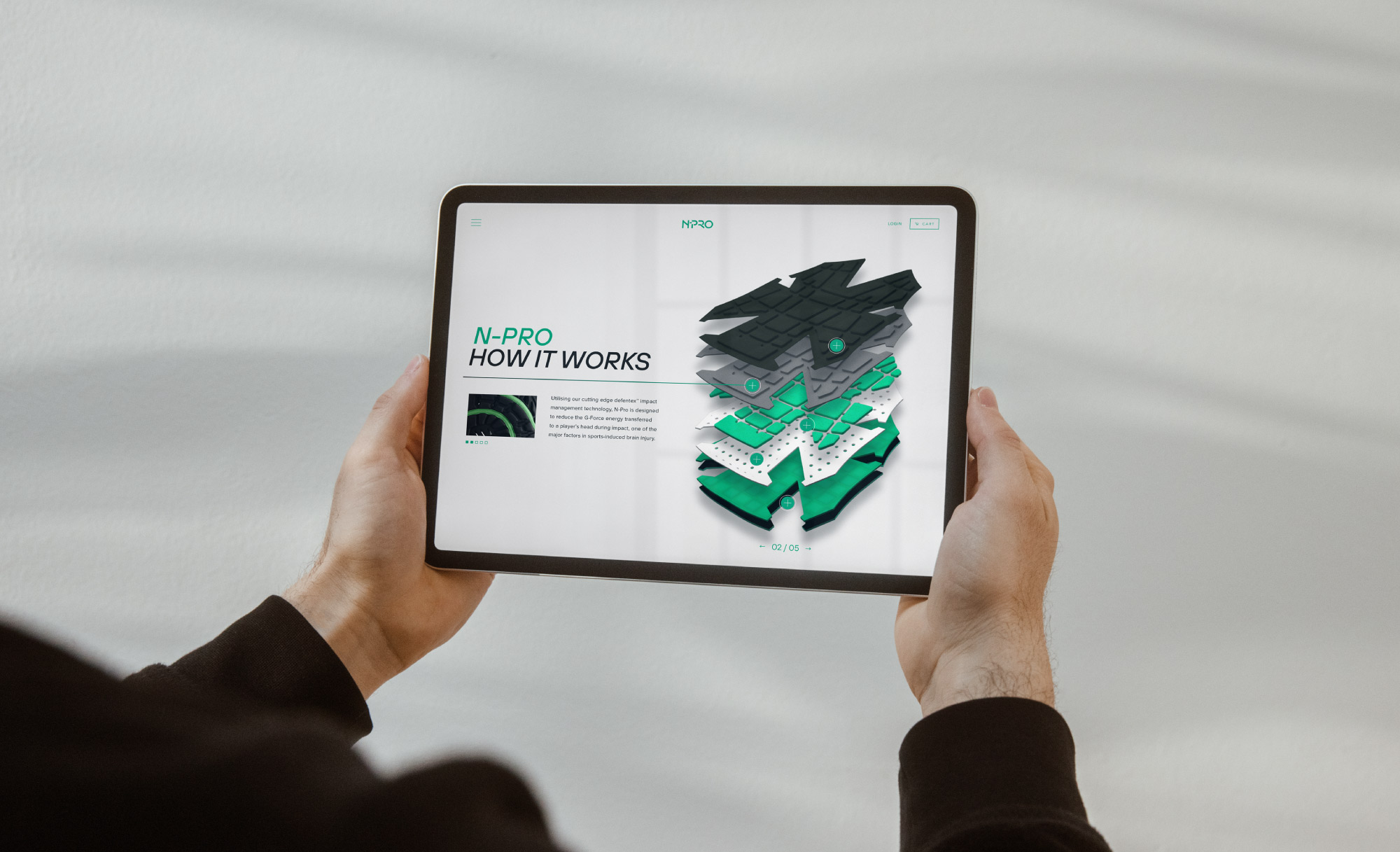Long Story Short
How can headless web development create a competitive advantage?
- Technology.
- Shopify.
- Featured.
- Business.

Today we explore how making just a 1% improvement across multiple parts of your website can give you a competitive edge. That’s it. Just 1%. And headless web development could be the technology which enables you to do that.
The idea of 1% improvements was spearheaded by Sir Dave Brailsford, former Director of British Cycling. Sir Dave applied a theory of marginal gains to cycling which propelled the British cycling team to success. The marginal gains theory involved breaking down every element of competing on a bike into smaller chunks, and then improving each tiny element by 1%. These tiny 1% improvements should compound into an aggregated significant increase in performance. The British cycling team went from having no record of success in 2002 to winning 7 out of 10 gold medals in both the 2008 and 2012 olympics.
This post is about applying the same 1% marginal gains theory to a website. By breaking it down into much smaller chunks and improving those elements by 1%, the aggregated result could be enough to gain a significant competitive advantage. And headless web development could be the technology which makes marginal gains easy!

What is headless CMS development?
Before we get into how headless web development can help you achieve 1% gains, what is a headless CMS?
A headless website is the separation of the front-end website (which a user interacts with), and the database (which holds all the content and data). ‘Traditional’, or monolithic, websites such as WordPress and Shopify have everything in one place. Your content, user data, blog content, products, payment gateways, structured data, page templates, CSS etc. You manage all your content and your design/development in one place. With headless, your frond-end interface is separated (or decoupled) from the other elements. Everything is delivered together on the front-end using APIs.
The separation of these systems means that they no longer rely on each other or hold each other back. Changes can be made to any part of the headless architecture without concern for how it will impact another component.
The benefits of headless web development
- Better security
- Faster websites
- Neater code
- Faster development
- Ability to innovate and scale up
- Improved SEO performance
- Design freedom
- Slicker brand alignment across various channels.
Where could you be making 1% improvements?
The 1% gains idea is all about making tiny improvements but in multiple areas of the website experience. When you are making tiny improvements to multiple parts of the site, it compounds into a significant aggregated improvement which could be all it takes to tip you into a competitive advantage.
Headless web development makes it easier to make these improvements in multiple areas. Below we are going to explore some examples.
Content management
What small improvements could a headless CMS allow you to make to your content management?
- a tidy database that is well structured and organised
- a component-based development system which can be re-used and repeated
- a small image bank with only 1 version of the image you need, rather than multiple versions for various screen sizes
- a single source of data – ‘one source of truth’, no matter how many web apps its displayed on
Performance
What small improvements to performance could be achieved with a headless development system?
- Clunky unnecessary code could be removed from pages it’s not needed on. Plugins on WordPress often leave code on pages, even when it isn’t really needed on that page.
- Design freedom & faster interactions from a decoupled front-end mean better core web vitals.
- SEO possibilities – better structuring of data, reusable components, better UX, improved speed. Google prefers websites with good UX, good core web vitals, plenty of structure and predictability.
- Better security – headless development allows you to separate user logins from the front-end interface. This means a smaller area of attack.
Better UX & design
How can the website user experience be improved with headless development?
- Website design freedom that isn’t limited by CMS or the content – total design freedom when you aren’t held back by a closed-down CMS.
- Faster and slicker interfaces – when the page isn’t bogged down with unnecessary code, elements can be loaded at lightning-fast speed. Goodbye spinning wheel of death.
- Improved accessibility – freedom to design for every eventuality.
- More freedom with brand alignment – design choice which isn’t limited by platform means gives greater opportunity for brand alignment across various channels and apps.
Should you go headless?
Whether or not to go headless in 2024 and beyond depends on a few factors. Headless is not the right fit for everyone. How can you decide if you should be going headless with your website?
- Website front-end flexibility: if you need something super flexible, maybe you’re building something extra fancy or using multiple frameworks, then headless could support your needs.
- Multiple platforms: if you need to serve the same content across multiple platforms, a decoupled headless CMS could work well for you.
- Performance: if lightning-speed load times are your goal, headless development can offer very promising performance improvements.
- Development expertise: headless CMS development requires more technical expertise, and there won’t be many out-of-the-box solutions offering theme support or online guides.
- SEO: if you are a SEO-reliant website and need freedom to optimise every small detail, headless might make this more challenging without technical help.
We can help you work out which technology is the best fit. Get in touch to discuss your project and whether headless or traditional development is right for you.

